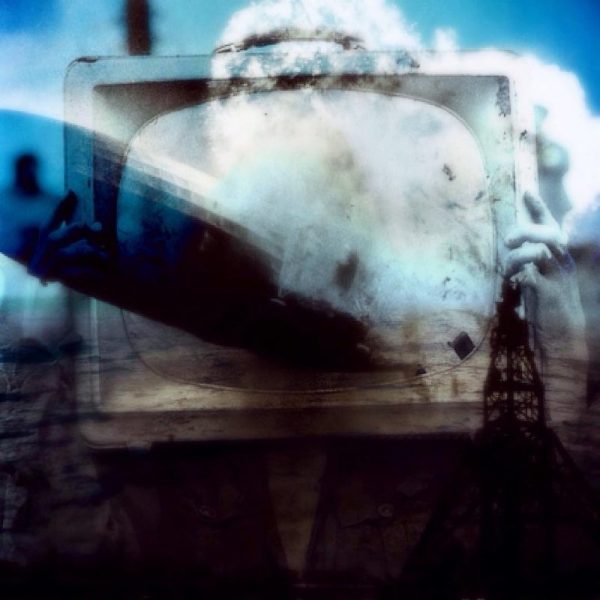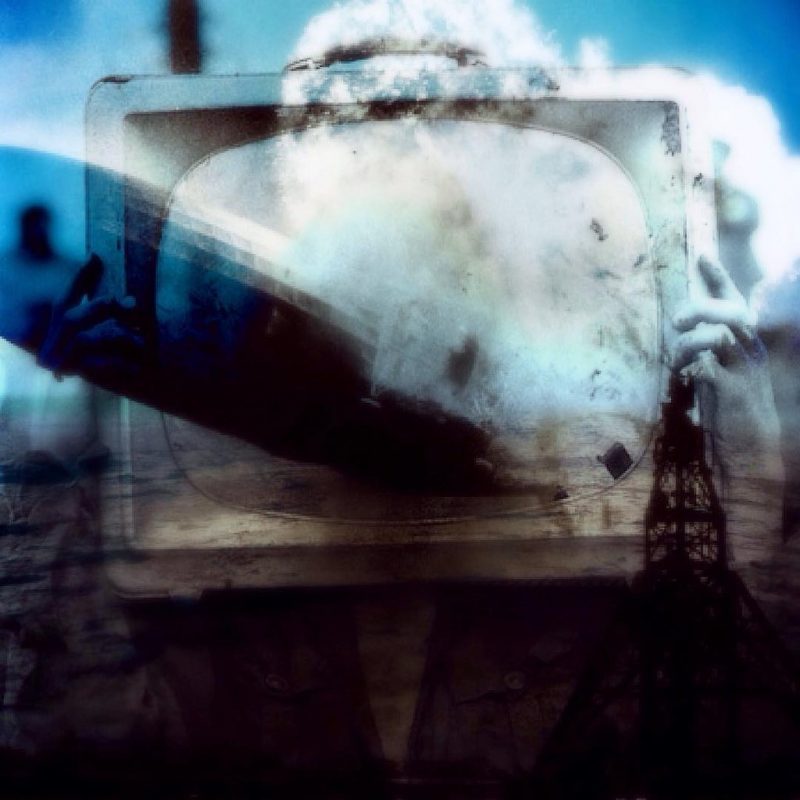
Me/di/at/ed
We occupy space and there seems no getting around it. For the most part, our occupation of space revolves around prescribed rituals – performative and repetitive actions which define our personal, social and cultural identities.
Rituals make the space we occupy familiar. In the past, rituals were primarily passed on through word of mouth via our parents, elders, and/or organizations such as church and state. But with the evolution of media – from the printing press to the photography, film, radio, television the internet and mobile devices – the ritual process has been largely appropriated. Media with its ability to distribute and disseminate information on a large scale, and its inherent ability to act as a natural surrogate to the traditional oral methods, has made it the primary mode of transmitting new rituals (of the familiar) for each successive generation.
In both the oral tradition and with media, the passing of rituals is depended on the exchange of memory. Memory acts as the source code; mediating the information required for the re-enactment of the ritual. This symbiotic relationship of information with memory generates ‘memory imprints’ (records) which can be stored and accessed at a later date. However, due to media’s ubiquitous presence, and our ever-increasing dependency on media as an alternative source of storage for our memories – our ability to control our autonomy and define our presence also decreases exponentially. This is especially true in digital space.
Our relationship to digital space is inherently paradoxical by nature. Digital space alludes to being something physical and real, yet does not exist as a tangible physical entity within any of the environments and mechanisms it inhibits. Its chameleon-like ability to adapt and exist simultaneously inside and outside of its host makes it profoundly different than any form of media to date. Furthermore, for digital space to prosper, it requires that its host – we humans – feed it information which can then be turned into memory imprints. So what happens when this feeding frenzy of bits and bytes is focused primarily on information about ourselves – about our identities?
In his essay, ‘An Internet of Things’, Keller Easterling (1) points out that “spaces and urban arrangements are usually treated as collections of objects or volumes, not as actors. Yet the organization itself is active. It is doing something, and changes in the organization constitute information“. Therefore, any information being fed into digital space can no longer be considered passive and benign, especially when it comes to our personal, social and cultural identities. Every time we upload bits of information about ourselves into digital space we are in a sense re-defining and augmenting ourselves within the physical space we inhabit and move through. And as our dependency and interaction with digital space increases, questions about which of our two identities are more real – the physical or the digital one – become critical.
Me/di/at/ed – Author: John Naccarato, 2014
(1) http://www.e-flux.com/journal/an-internet-of-things/#_ftn1
